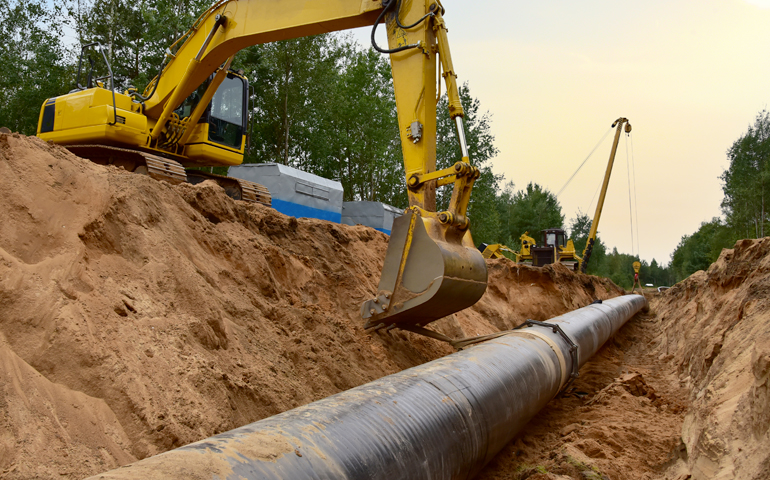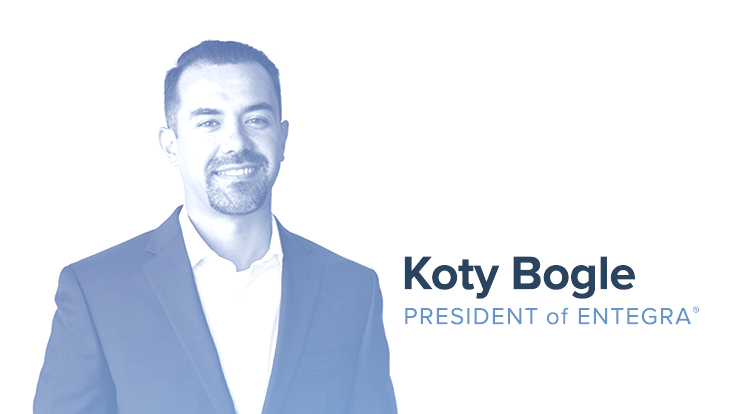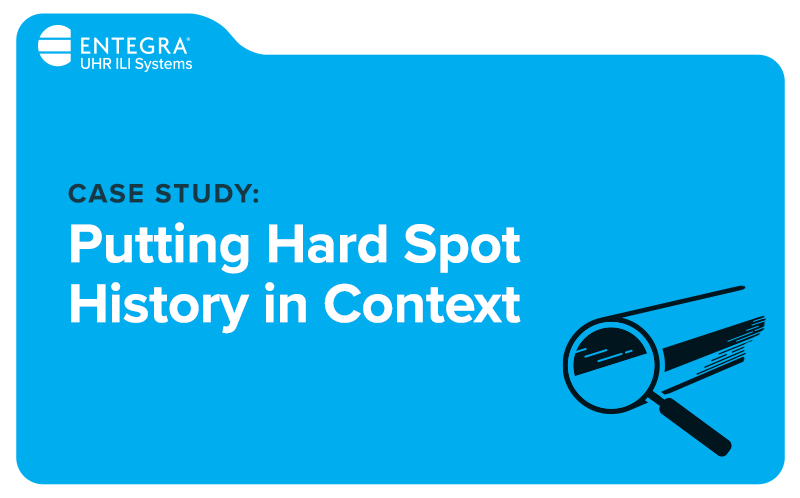Carrier Versus Casing Corrosion: A Closer Look.
Determining whether metal loss is located on the carrier pipe or the casing can greatly impact your pipeline integrity management and the cost of rehabilitation. Since they’re typically made of the same material as the carrier pipe itself, casing pipes are susceptible to the same types of corrosion. And depending upon the nature of that …
Determining whether metal loss is located on the carrier pipe or the casing can greatly impact your pipeline integrity management and the cost of rehabilitation. Since they’re typically made of the same material as the carrier pipe itself, casing pipes are susceptible to the same types of corrosion. And depending upon the nature of that corrosion, it can sometimes be difficult to discern the location and nature of that metal loss using traditional ILI techniques.
Actions to mitigate that corrosion can range from a simple repair to a pipeline replacement. A misdiagnosis can lead to an unnecessary dig that is exponentially more expensive than a comprehensive ILI run and follow-up analysis.
What if the section of pipe in question runs beneath an interstate highway or a railroad? Or a residential community? What if it is a river crossing? Just how much would it cost to shut down the pipeline, attempt to repair or replace it and then recommission it, only after discovering that the entire undertaking wasn’t necessary in the first place? The ability to accurately locate and identify the nature of a metal loss feature — and index that data against a historical record of a pipe’s service and maintenance record — is essential.
Our Ultra-High-Resolution ILI system, backed by experienced, talented Data Analysts, provides more detailed detection, identification, characterizing and sizing of metal loss. Where is it? How deep is the corrosion? How large is it? What is its origin? Better classification leads to fewer digs and allows operators to focus on features that are potentially more injurious to the safe and efficient operation of their pipeline. ENTEGRA’s UHR system has been developed to go beyond providing simple POD, POI, and sizing data so that operators can increase throughput, mitigate cost, improve ROI and deliver on their remit to keep it running safely and at max capacity.
When it comes to managing corrosion — even complex corrosion such as pits-in-pits, pinholes, hard spots, or corrosion in puddle welds — our ability to identify broader anomaly patterns, more accurately assess metal loss, and apply Ultra-High Resolution data in combination with the insight and experience of Level III analysts helps operators to better address the many challenges they face.
When compared to the impact and cost of an unplanned release, the investment in an ILI run is insignificant. ENTEGRA’s True UHR ILI technology — and our team — help our partners to better meet their moral and regulatory obligation to know their pipeline. That’s the ENTEGRA difference.




